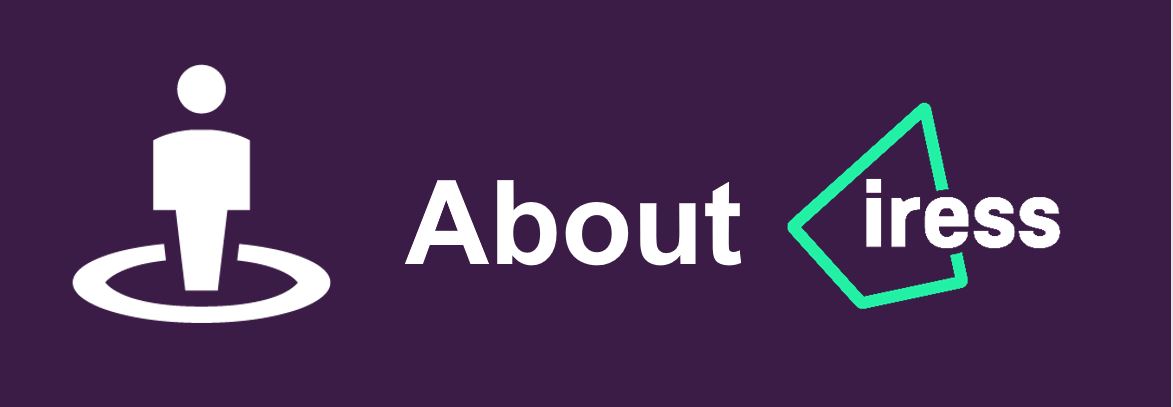Australia’s three-pillar retirement income system
Written and accurate as at: Nov 14, 2019 Current Stats & Facts

Depending on your personal circumstances, your retirement income may come from a variety of sources. For example, investments (inside and/or outside super) and social security entitlements, such as the Age Pension.
These sources of retirement income are important to understand; especially if, for example, you envision yourself enjoying a particular type of lifestyle in retirement.
Given this, in our article, ‘Self-managed super funds (SMSFs): Sector insights’, we briefly touched on Australia’s three-pillar retirement income system. We now explore this in more detail.
Australia’s three-pillar retirement income system
When it comes to Australia’s retirement income system, a three-pillar approach has been pursued by the Government for the last few decades.
Although, there have been changes over the years to each of these pillars (some more than others), their core aims remain intact. Below you can find a general overview of each of these pillars.
Pillar 1: Age Pension (publically funded)
The Government pays an income support payment, the Age Pension, to senior Australians who meet eligibility tests with regards to age, residency, income and assets. For more information on these tests, please see here.
In broad terms, this first pillar aims to ensure Australians can meet a basic standard of living in retirement. It is a safety net for those who don’t have enough super or other financial resources behind them to generate a reasonable minimum retirement income.
For context, utilising ASFA’s Retirement Standard, the maximum rate of the Age Pension provides an individual with income to maintain a lifestyle just below a ‘modest lifestyle’ in retirement.
Below are some examples of what this retirement lifestyle may look like:
- basic clothes (clothing),
- less heating in winter (utilities),
- no private health insurance (health),
- short breaks or day trips locally (leisure and holidays),
- no budget to fix home problems (home).
Please note: The maximum rate of the Age Pension differs according to whether you are single (currently $933.40 per fortnight) or a member of a couple (currently $703.50 per fortnight each). However, if a couple is separated due to illness, they are each entitled to the single rate.
Pillar 2: Super Guarantee (compulsory private savings)
For most employees, their employer is required to contribute 9.5% equivalent of their salary each year as a mandatory Super Guarantee contribution. This is gradually increasing to 10% in 2021-22 FY, with 0.5% increases each financial year thereafter until it reaches 12% in 2025-26 FY, where it will subsequently remain.
In a nutshell, this is compulsory private saving; a reasonable minimum share of an employee’s income that is saved to contribute additional resources to their retirement. Although, a limit applies to this.
This limit is referred to as the maximum super contributions base. Namely, an employer is only required to pay super on income of up to $55,270 per quarter (roughly $221,080 per annum) in 2019-20. This equates to Super Guarantee contributions of up to $5,250.65 per quarter (roughly $21,002 per annum).
Over an employee’s working life, these Super Guarantee contributions add up and facilitate the accumulation of wealth inside the super environment. Importantly, this wealth can then be used to fund an individual’s retirement lifestyle when they satisfy a condition of release, such as reaching age 65.
In broad terms, this second pillar aims to ensure that as many Australians as possible can achieve a standard of living in retirement above that afforded by sole reliance on the Age Pension.
For context, utilising ASFA’s Retirement Standard, this has the potential to provide an individual with income (inclusive of any potential Age Pension entitlements) to lead at least a modest lifestyle in retirement.
Below are some examples of what this retirement lifestyle may look like:
- reasonable clothes (clothing),
- need to watch utility costs (utilities),
- basic private health insurance, limited gap payments (health),
- one domestic holiday or several short breaks (leisure and holidays),
- no budget for home improvements, but can fix home problems (home).
Pillar 3: Voluntary savings (voluntary private savings)
Over and above the mandatory Super Guarantee contributions, there are incentives for individuals to make additional voluntary contributions to the super environment. Although, restrictions apply, such as the concessional contributions cap and non-concessional contributions cap.
These incentives are seen not only in the contribution options available in accumulation phase, but also the tax treatment of super benefits in both accumulation and retirement phase. Below are a few examples:
- Contributions (subject to the relevant eligibility requirements).
- Employed individuals may make additional pre-tax contributions (concessional contributions) via an employee-employer salary sacrifice arrangement, or personal deductible contributions.
- Self-employed individuals may make personal deductible contributions (also concessional contributions), and in some cases be able to transfer the proceeds from the sale of a business into super.
- All individuals may make after-tax contributions (non-concessional contributions).
- Other examples, include Government contributions, such as the Government Co-Contribution and the Low Income Super Tax Offset, which are targeted at helping specific individuals.
- Tax treatment.
- In accumulation and transition phase, investment income is generally subject to a maximum of 15% tax. And, capital gains on assets held for longer than 12 months receive a 1/3 tax discount, which reduces the effective tax rate to 10%. Whereas, in retirement phase, investment income and capital gains are exempt from taxation.
- If an individual is aged 60 or over, any income payments from their retirement phase pension will be tax-free to them. And, withdrawals from age 60 (available if they have satisfied a condition of release), can also be paid to them tax-free.
In broad terms, this third pillar aims to give Australians an opportunity to achieve a standard of living in retirement above that afforded by sole reliance on the Age Pension and the benefits of Super Guarantee.
For context, utilising ASFA’s Retirement Standard, this has the potential to provide an individual with income to lead at least a modest, if not comfortable lifestyle in retirement.
Below are some examples of what this retirement lifestyle may look like:
- good clothes (clothing),
- can run air conditioning (utilities),
- top-level private health insurance (health),
- domestic and occasional overseas holidays (leisure and holidays),
- budget for home improvements, and ability to fix home problems (home).
Please note: The third pillar also encompasses individuals and their voluntary private savings outside of the super environment, as well as home ownership.
Moving forward
Undoubtedly, the above may be a lot to digest. This is why all aspects of the three pillars weren’t covered (and some generalisations were made). However, from what was covered, an important takeaway message remains.
If you envision a retirement lifestyle above that afforded by sole reliance on the Age Pension and the benefits of Super Guarantee, then a proactive approach towards your retirement planning is a vital consideration.
Importantly, you aren’t alone. We can help point you in the right direction with an appropriately designed roadmap aligned with your personal circumstances, and provide you with a helping hand along the way.
If you have any questions regarding this article, please do not hesitate to contact us.













